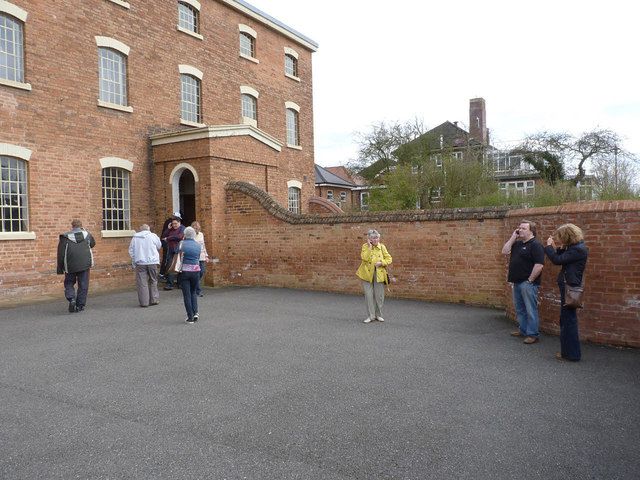About
Workhouses were Britain's answer to the rising cost of poor relief in the 18th century and, amazingly (and to the country's shame), this barbaric system remained in place until finally abolished in 1930. Workhouses were usually large institutions run by a "Union" of local parishes which had responsibility for relief of the poor.
The workhouse was a place of last resort to the poor. Inmates (their official description) were made to wear a workhouse uniform, men were segregated from women, and children from their parents.
The regime was deliberately harsh and in exchange for food, the inmates were required to do physical work unless totally incapable. A measure of the quality and amount of food provided can be seen from the fact that one of the tasks, bone crushing to make fertilizer, was banned from the workhouse system after it was found that men would fight over the best bones so as to have the opportunity to suck out the marrow and so supplement their diet.
Another common task was picking oakum, stripping the fibers off an old rope to create an essential ingredient for the caulking of wooden ships. This was done with a sharp spike impaled on a wooden bench. This may have been The reason for the alternative name for a workhouse, "The Spike."
The reason for the harsh regime was to be a disincentive for paupers to place themselves under the small amount of protection provided by the various Poor Laws until well into the 20th century.
Southwell workhouse, constructed in 1824, is so well preserved because, after the abolition of the workhouse system, it continued to be used to house the poor until the 1980s, under a much less oppressive regime but with little internal alteration. Parts of the presentation include rooms fitted out as they were used for otherwise homeless people in the 1970s.
Visiting this place, now owned by the National Trust, is an opportunity to see how Britain's harsh welfare system which operated from before the Victorian era, but persisted well into the 20th century, operated.
Know Before You Go
Check the website for opening times and current charges. A guided tour of the outside and other buildings usually scheduled for 11 am (places are limited, book on arrival only). Otherwise, you can use the recorded tour guide. Do not come here if you need cheering up. You will find the place interesting but rather depressing.
Published
October 25, 2018

























